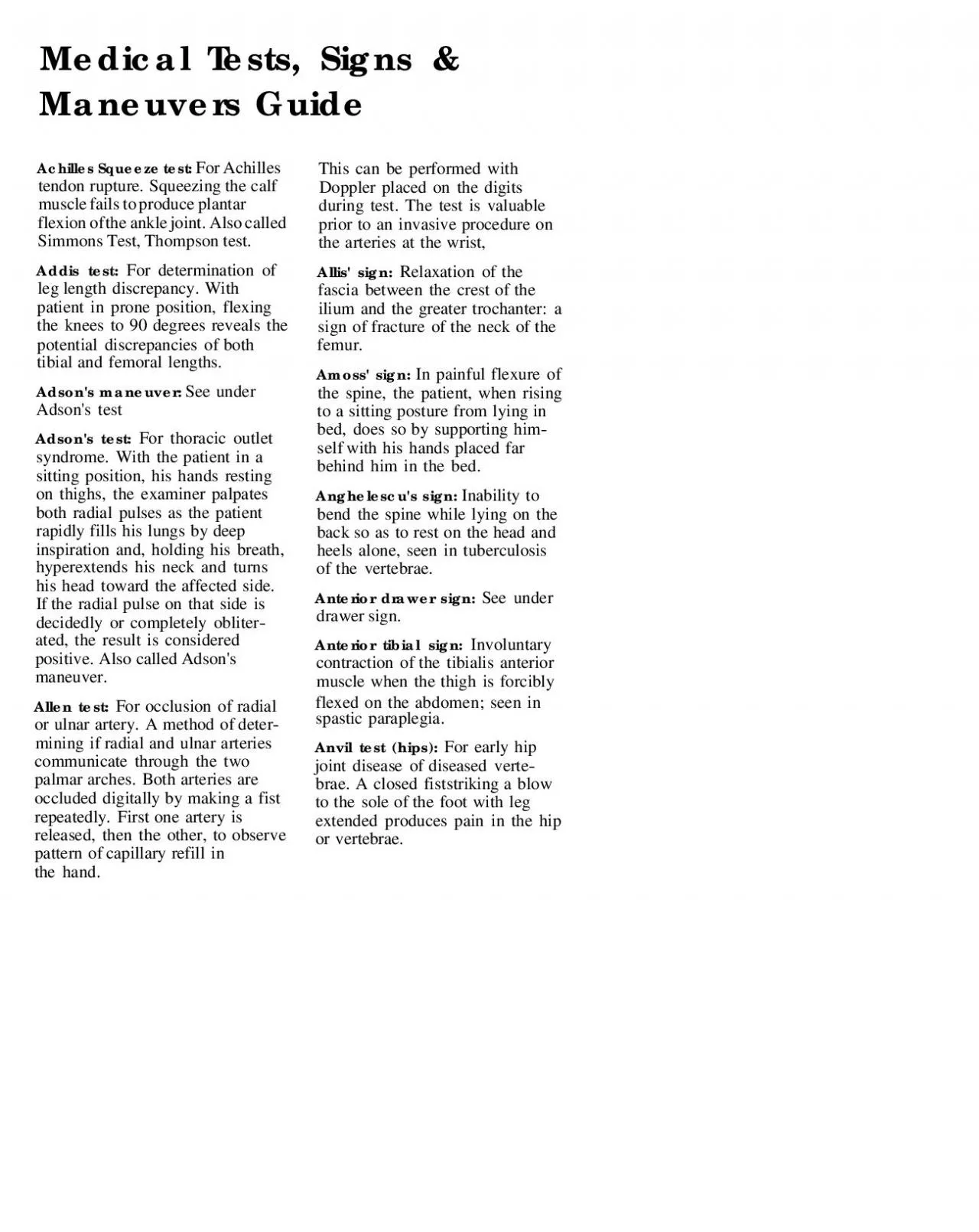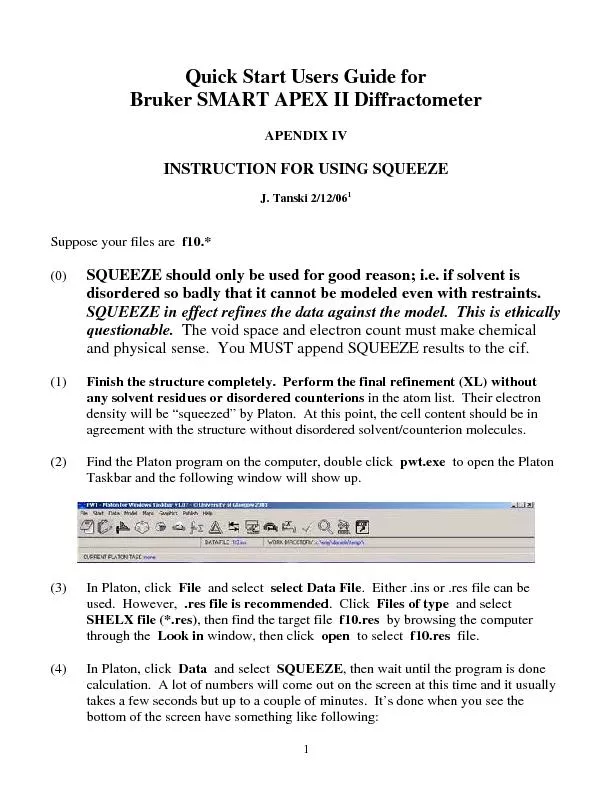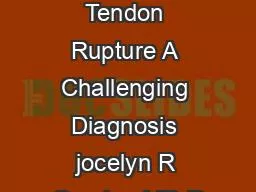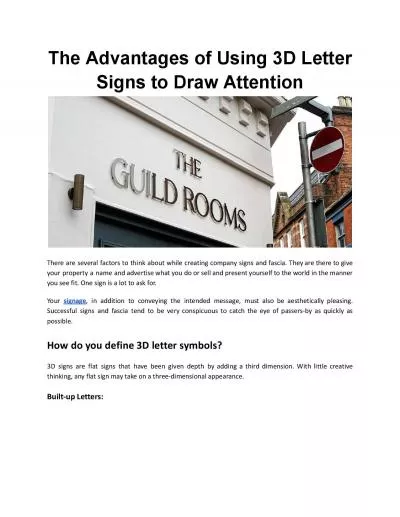PDF-Medical Tests Signs Maneuvers Guide Achilles Squeeze test For Achi
Author : joy | Published Date : 2022-08-16
Anvil test neck For vertebral disorders A closed fist striking a blow to the top of the head elicits pain in the vertebrae Apley test For differentiating ligamentous
Presentation Embed Code
Download Presentation
Download Presentation The PPT/PDF document "Medical Tests Signs Maneuvers Guide Ach..." is the property of its rightful owner. Permission is granted to download and print the materials on this website for personal, non-commercial use only, and to display it on your personal computer provided you do not modify the materials and that you retain all copyright notices contained in the materials. By downloading content from our website, you accept the terms of this agreement.
Medical Tests Signs Maneuvers Guide Achilles Squeeze test For Achi: Transcript
Download Rules Of Document
"Medical Tests Signs Maneuvers Guide Achilles Squeeze test For Achi"The content belongs to its owner. You may download and print it for personal use, without modification, and keep all copyright notices. By downloading, you agree to these terms.
Related Documents














